- Home
- ::
- How Virtual Land Ownership Works in the Blockchain Metaverse
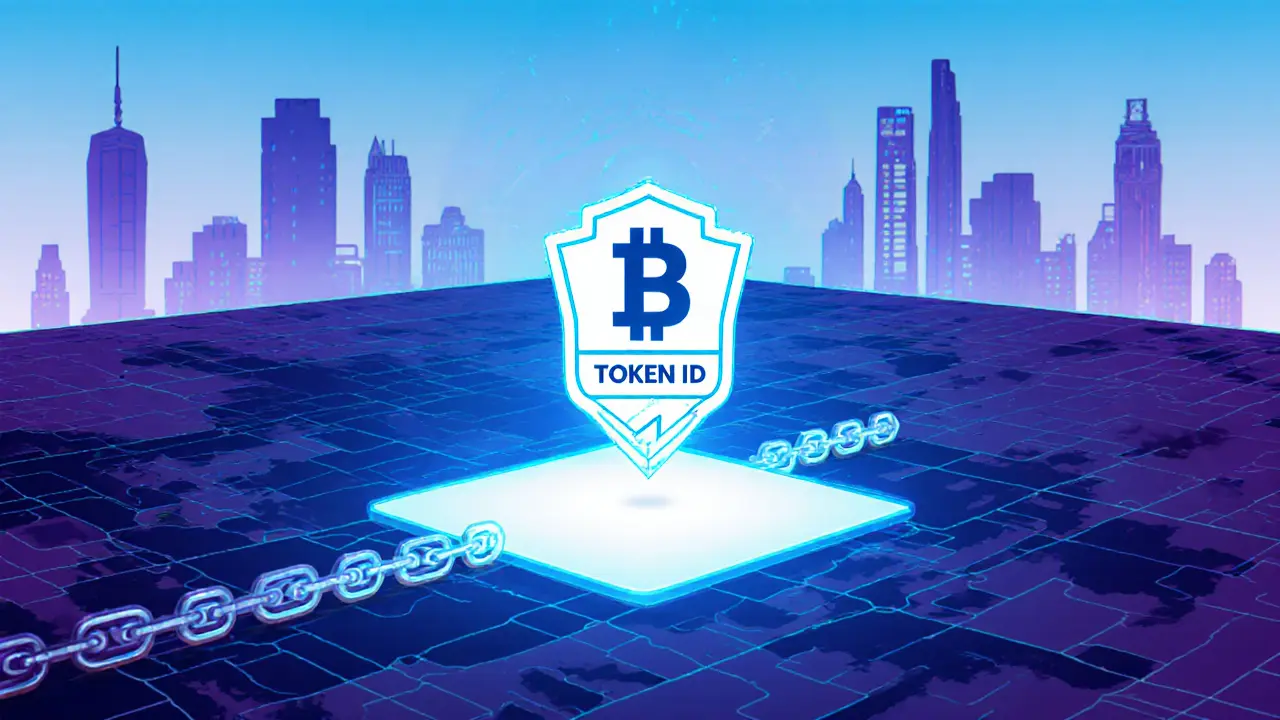
How Virtual Land Ownership Works in the Blockchain Metaverse
Virtual Land Investment Calculator
Investment Projection
Platform:
Initial Investment: $
Projected Growth Rate: % annually
Time Horizon: years
Future Value: $
Total Return: $
Platform Overview
Decentraland
MANAFixed price per parcel, strong developer tools
The Sandbox
SANDAuction-based pricing, game development focus
Somnium Space
CUBEDynamic pricing, VR-first approach
Imagine buying a plot of land that lives inside a video game, can be visited by millions, and can be sold later for a profit - all without ever stepping outside your house. That’s the promise of virtual land in today’s blockchain‑powered metaverses. If you’ve heard the buzz but aren’t sure where to start, this guide walks you through the tech, the platforms, the money side, and the risks, so you can decide whether to stake a claim in the digital frontier.
Quick Take
- Virtual land is a tokenized parcel stored on a blockchain, acting like a digital deed.
- Major platforms - Decentraland, The Sandbox, Somnium Space - each have their own token economies.
- Buying requires crypto, a compatible wallet (e.g., MetaMask), and an NFT marketplace like OpenSea.
- Owners can build, rent, or sell; value hinges on location, traffic, and brand presence.
- Legal protection is limited; platform policies can overwrite your rights.
What Exactly Is Virtual Land?
At its core, Virtual Land is a digital parcel of real‑estate that exists inside a blockchain‑enabled virtual world. The ownership proof isn’t a paper title; it’s an NFT (non‑fungible token) that lives in your crypto wallet. The NFT contains a unique identifier, coordinates on the platform’s map, and a link to the metadata that describes the parcel.
The Blockchain is the immutable ledger that records every transfer, preventing anyone from tampering with the deed. Because the record is decentralized, no single company can erase your ownership - but the visual representation of the land still depends on the platform’s servers.
The broader environment is called a Metaverse, a network of immersive 3D spaces where users socialize, shop, and create experiences. Think of it as a shared, programmable internet that you can walk through with a VR headset or a browser.
Key Platforms and Their Token Economies
| Platform | Native Token | Land Pricing Model | Development Tools | Typical User Base |
|---|---|---|---|---|
| Decentraland | MANA | Fixed price per parcel (1×1meter) on the main marketplace; secondary market driven by demand. | Builder SDK, drag‑and‑drop editor, Unity integration. | Artists, event organizers, crypto‑savvy investors. |
| The Sandbox | SAND | Auction‑based for premium parcels; bulk pricing for larger estates. | Voxel editor, Game Maker, Marketplace for assets. | Game developers, brands, content creators. |
| Somnium Space | CUBE | Dynamic pricing based on real‑time demand and proximity to hubs. | Full‑stack Unity support, custom scripting. | VR enthusiasts, early adopters, community builders. |
Step‑by‑Step: Buying Your First Virtual Plot
- Get a Cryptocurrency wallet that works with the platform - most users choose MetaMask because it integrates directly with Decentraland and The Sandbox.
- Buy the platform’s native token (MANA, SAND, or CUBE) on a reputable exchange (e.g., Coinbase, Binance). Transfer the tokens to your wallet address.
- Connect your wallet to the platform’s marketplace or to a cross‑platform NFT hub like OpenSea. Browse available parcels, filtering by coordinates, price, or nearby attractions.
- Confirm the purchase. The transaction is broadcast to the underlying blockchain (Ethereum for Decentraland and The Sandbox, Polygon for some Somnium assets). After a few confirmations, the NFT representing the parcel appears in your wallet.
- Verify ownership by checking the token ID on a block explorer (Etherscan for Ethereum). The explorer shows the current holder address and transaction history.
That’s it - you now hold a digital deed that can be sold, rented, or built upon, all without signing any paper.
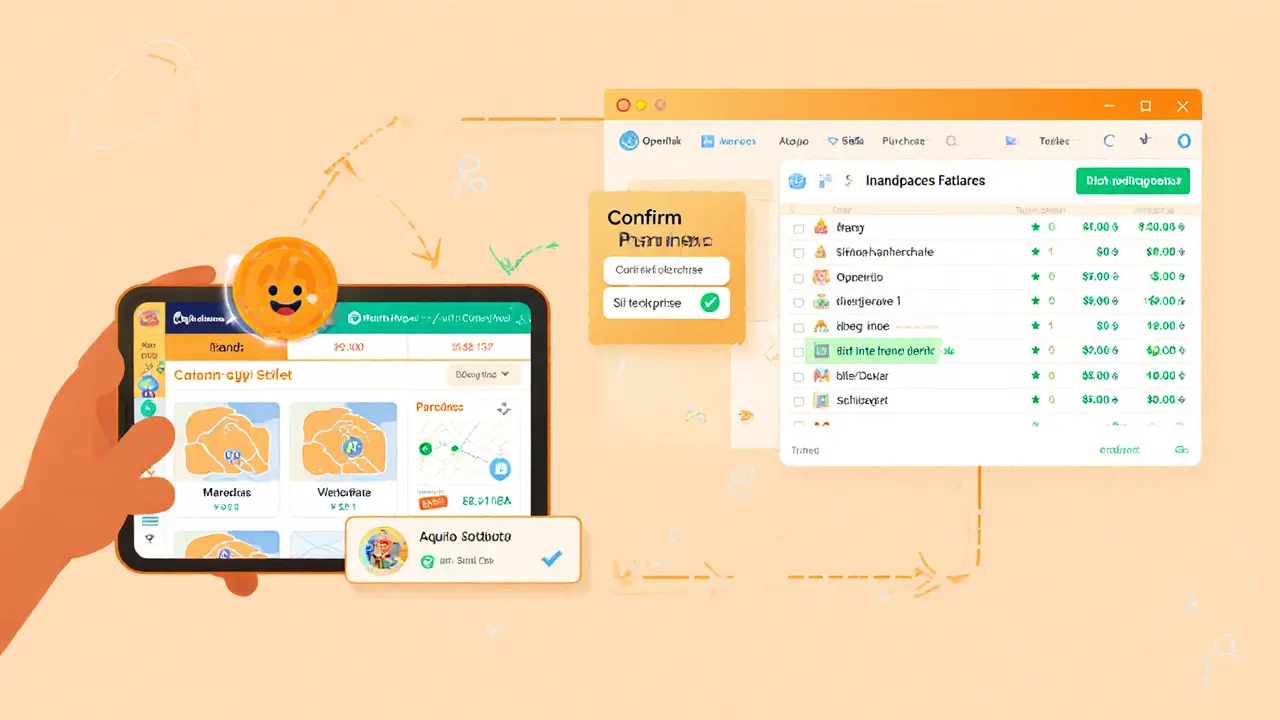
Development Rights and Monetization Options
Once you own a parcel, the platform grants you full development rights within the coordinates you hold. You can:
- Build structures. Use the platform’s SDK to create houses, galleries, or entire neighborhoods. The design can be as simple as a static 3D model or as complex as an interactive game.
- Rent for events. Host concerts, conferences, or virtual conventions. Many owners charge a flat fee or split ticket revenue with the event organizer.
- Sell advertising space. Brands love to place billboards or product showcases on high‑traffic parcels.
- Offer the land as a lease. Long‑term renters (e.g., fashion houses) pay a monthly crypto rent for a branded virtual showroom.
Value is heavily influenced by “location.” Land next to popular districts like Decentraland’s “Cryptovoxels Plaza” or The Sandbox’s “Game Hub” commands significantly higher prices, mirroring physical real‑estate trends.
Legal Landscape and Risk Factors
Virtual land sits in a legal gray zone. While the NFT proves you own the token, the underlying visual asset lives on a private server owned by the platform. That means:
- Platform operators can change terms, ban content, or even shut down the world, potentially rendering your parcel unusable.
- There’s no standardized property law governing NFTs. Tax treatment varies by jurisdiction - in the UK, HMRC treats NFT sales as capital gains.
- Dispute resolution is typically handled through the platform’s arbitration process, not a court.
Legal firms such as Linklaters warn investors to treat virtual land as high‑risk speculative assets and to conduct thorough due‑diligence on platform stability and governance.
Market Trends and Investment Outlook (2023‑2025)
Data from major NFT marketplaces shows a steady rise in virtual land sales volume, with a 42% year‑on‑year increase in Q22025. Institutional players - from fashion houses to automotive brands - have purchased high‑visibility parcels to run immersive ads. Analysts predict the market could reach $30billion in total valuation by 2030, driven by wider VR headset adoption and improved developer tools.
However, volatility remains. Prices for similar parcels can swing 30% in a single week due to crypto price swings or platform‑specific events (e.g., a new game launch).
Best Practices and Common Pitfalls
- Secure your wallet. Use hardware wallets for large holdings and enable two‑factor authentication on exchange accounts.
- Research platform health. Look at active user counts, development roadmaps, and community sentiment before buying.
- Don’t over‑leverage. Buying land with borrowed crypto can lead to liquidation if prices dip.
- Plan the build early. A parcel without content quickly loses relevance; have a design or partnership ready.
- Watch for gas fees. On Ethereum, transaction costs can exceed the land price during network congestion.
Frequently Asked Questions
Can I sell my virtual land for fiat money?
Yes. Most owners list the NFT on marketplaces that accept fiat‑on‑ramp services, or they first convert the sale proceeds from crypto to fiat through an exchange.
What happens if the platform shuts down?
Your NFT would still exist on the blockchain, but the visual representation and any built assets would become inaccessible. Some platforms offer migration paths; others simply render the land unusable.
Do I need a VR headset to use virtual land?
No. All major metaverse platforms provide a web‑based 3D view that works on a regular browser, though a headset gives a more immersive experience.
How are taxes applied to virtual land transactions?
In the UK, profits from selling NFTs are treated as capital gains and must be reported to HMRC. Rental income earned in crypto is considered ordinary income and is taxable.
Is virtual land a good long‑term investment?
It can appreciate if the platform gains users and developers, but the risk of platform shutdown or regulatory change makes it a high‑risk, high‑reward asset. Diversify and only allocate money you can afford to lose.
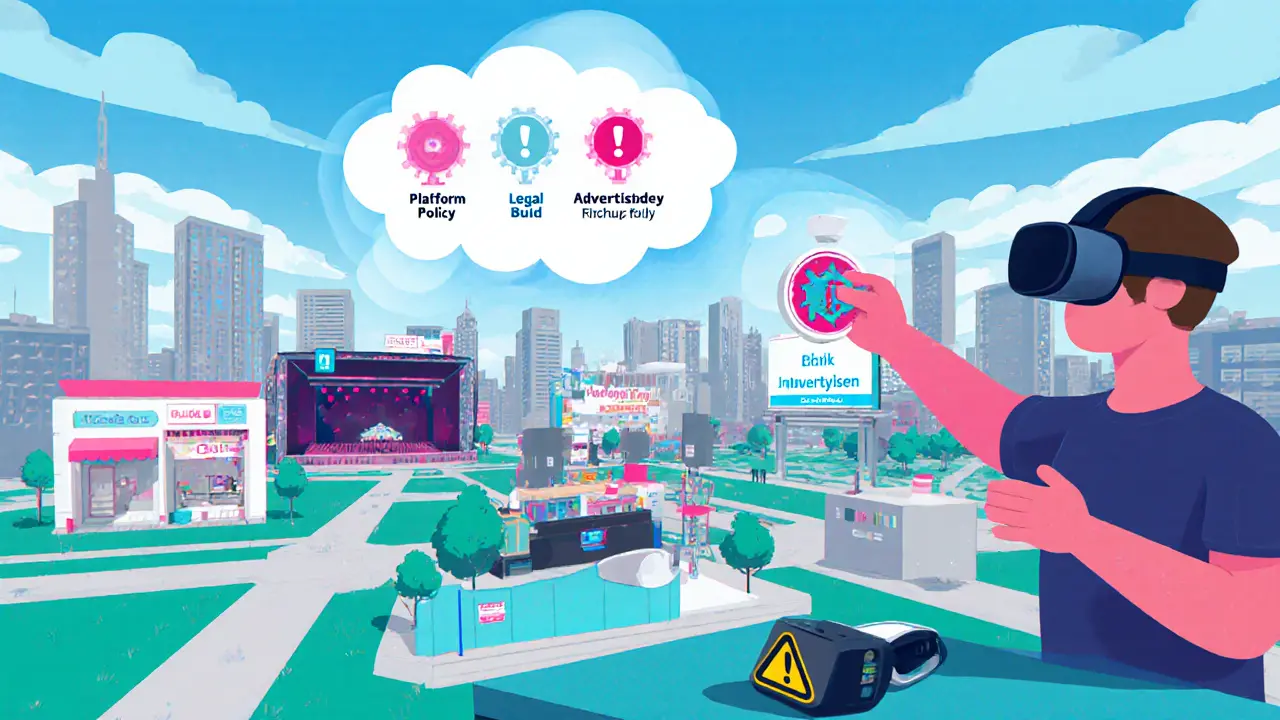
Next Steps
If you’re ready to dip your toes in, start by creating a MetaMask wallet, buying a modest amount of MANA or SAND, and exploring the free land preview tools on Decentraland and The Sandbox. Join the community Discords, watch a few tutorial videos, and sketch a simple structure before you commit a larger sum. Remember, the journey is as much about learning the tech as it is about spotting the right parcel.


 Finance
Finance
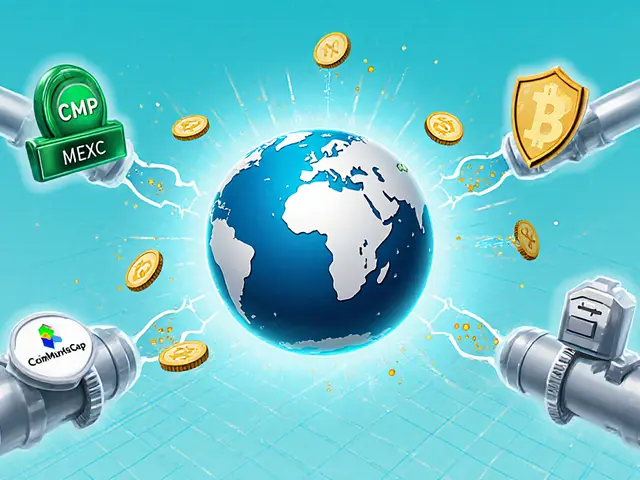
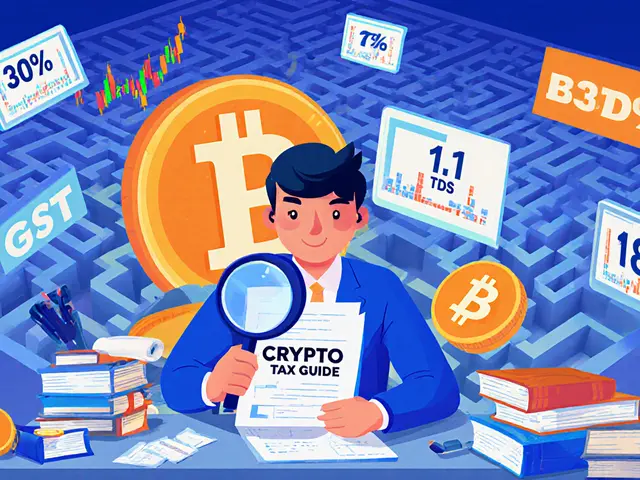
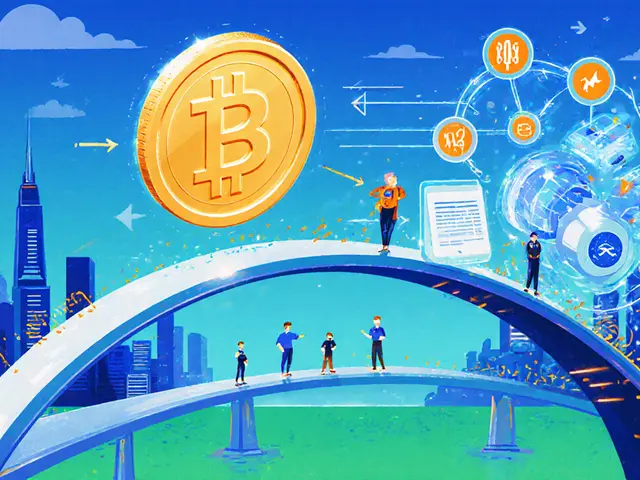
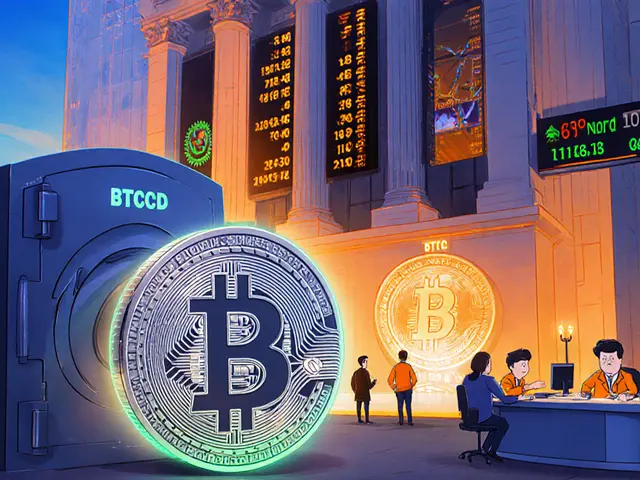
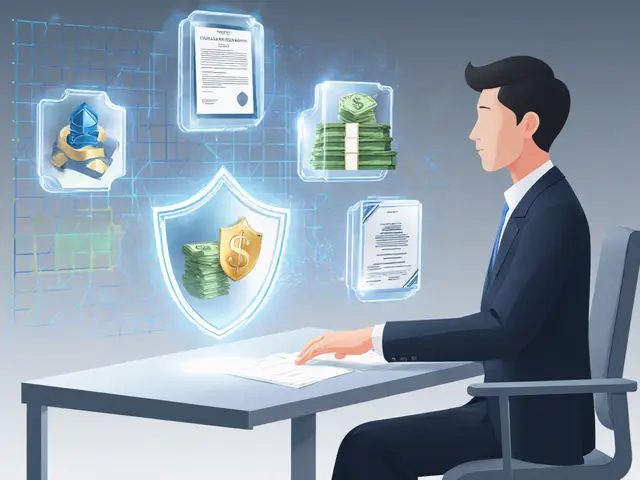
Write a comment